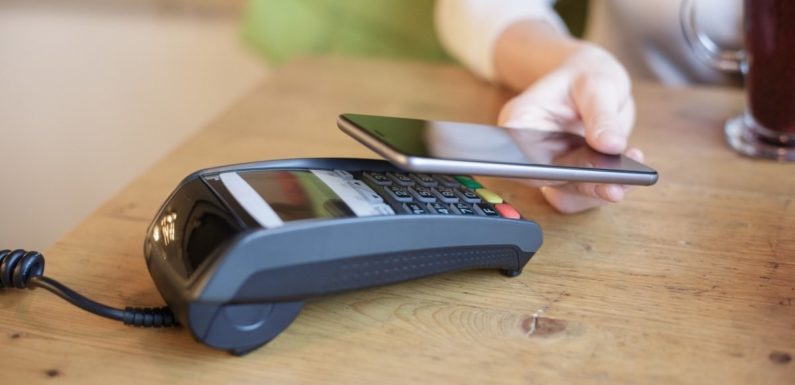
Online payment systems are becoming more and more famous as we march on in the 21st century and cryptocurrencies such as Bitcoin and Ethereum has really caught the imagination of cyber users as an alternative resource for online payments. On this very website, there has been a sticky post in the news sections, titled “Will All Payments Eventually Become Electronic?”. With services such as Google Wallet, Paypal, and Skrill, it is totally understandable that the majority of transactions will be processed electronically reducing the overall role of conventional banking and transaction channels but a question that is even more important than that is: “Will these Online Payments be secure enough?”
The conventional modes of transactions such as bank cheques and bank accounts have been compromised by a new technique every time there was a solution found for some previous method to breach these transaction channels by scammers and fraudsters.
Greater Number of Online Transactions
The numbers are increasing every day, whether it is the amount that is being sent through online payment systems or the number of people who are signing up for these services. It is estimated that by the end of 2020, online payment volume will easily cross the USD 4 Trillion mark. Mobile-based e-commerce services and mobile wallets have especially increased the prospect of establishing an online payment status quo.
But despite a hugely successful business model that is being supported by conventional as well as digital businesses, online payment systems are haunted by the notion of online payment frauds and synthetic identity fraud that has the potential to disrupt the online payment economy.

Are these payments really secure?
If the digital fraud trends for the year 2018 are observed, there has been a significant hike in the number of account takeovers and payment frauds and when combined, both of these digital fraud categories dominate all other forms of online frauds. On one hand, personal & financial information stolen during large scale data breaches have resulted in these increased number of digital payment frauds while the less-than-satisfactory data security measures from online payment portals have also greatly contributed to the increased amount of digital scams.
This is not to say that the measures adopted by digital transaction platforms are entirely useless, but they are not fully adaptive to the changing trends and techniques employed by digital fraudsters.
The Changing view about Data Security
An interesting trend was discovered in a recent survey detailing the fact that the majority of consumers in the United States have started shifting the responsibility for protection against online frauds from their own self to their digital service providers. The major influence behind this consumer ideology is the fact that most of the online service providers do not take the security of their personal and financial information seriously.
As a result, a common user (consider a user of a major online payment platform) is more prone to account takeover or his/her true identity being used to commit online payment fraud, despite that user making sure that his/her personal information does not fall into the hands of the scammers or fraudsters.
What can be Done?
Now that we have established the large scale popularity of online payment services and the relative insecurity attached to the overall business model from digital fraudsters, it is time that we give an appropriate solution to the problem at hand. In order to safeguard the future of digital payments, it is important that identity verification services are integrated by digital payment providers.

Such solutions will not only prevent synthetic identity fraud with the help of authentic identity documents, but they also provide protection against common online fraud practices such as account takeover, credit card fraud and use of stolen identities to register for an account.
Several KYC service providers offer easy to integrate SaaS products that can protect the overall assets of online transaction businesses from large data breaches and also prevent them from registering users with huge financial risk attached to them. Genuine and verified proof of identities can be processed by these digital fraud prevention tools in order to provide a frictionless user experience.
Facial recognition, Machine learning, template matching and Natural Language Processing (NLP) can be used to prevent online identity fraud, in order to make the digital payment platforms more secure for their users.
Trillions of dollars are processed by these platforms every year and multi-billion dollars industries are banking on the prowess of online transaction systems. It is high-time that online payment platforms start taking online data security seriously if they genuinely want to take over the conventional means of performing transactions.

